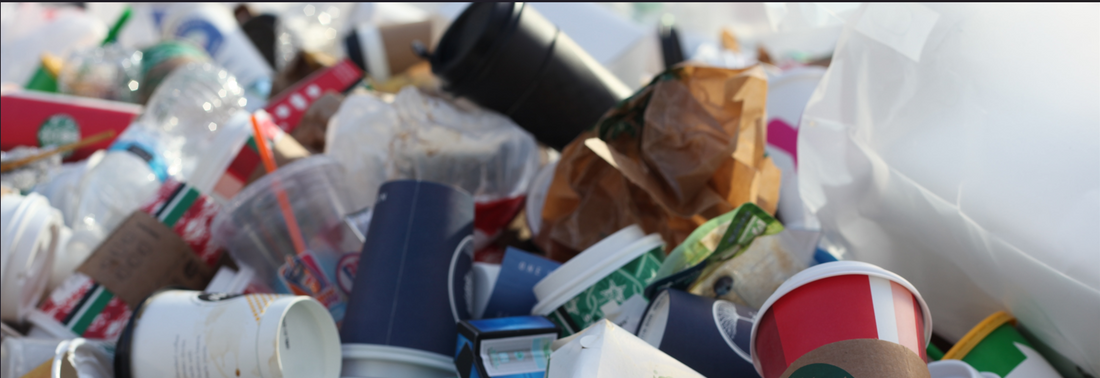
PLA Biodegradable and Compostable: The Future of Sustainable Materials
Share
PLA, or polylactic acid, is a biodegradable and compostable polymer made from renewable resources such as corn starch or sugarcane. Unlike traditional plastics, which can take hundreds of years to decompose, PLA can be broken down into natural compounds within several months in industrial composting facilities.
Composting PLA has many environmental benefits. It reduces waste going to landfills, which not only reduces the risk of pollution but also helps to recover valuable nutrients and organic matter for use as soil amendments. Composting PLA also produces fewer greenhouse gas emissions than traditional plastics, as PLA generates mostly carbon dioxide and water during the composting process.
As a result, PLA is increasingly being used in single-use products, such as disposable cutlery, plates, and cups, as well as in packaging materials. PLA can also be found in 3D printing filaments, medical implants, and textiles.
The use of PLA and other biodegradable materials has the potential to revolutionize the way we consume and dispose of products, creating a more sustainable and circular economy. Companies like Sincdoo are leading the charge in the production of high-quality PLA products that offer the same functionality and durability as traditional plastics, without the environmental drawbacks.
In conclusion, PLA is an innovative solution to the problem of plastic waste and pollution. Its ability to biodegrade and compost provides a promising future for sustainable materials and environmental protection.
Composting PLA has many environmental benefits. It reduces waste going to landfills, which not only reduces the risk of pollution but also helps to recover valuable nutrients and organic matter for use as soil amendments. Composting PLA also produces fewer greenhouse gas emissions than traditional plastics, as PLA generates mostly carbon dioxide and water during the composting process.
As a result, PLA is increasingly being used in single-use products, such as disposable cutlery, plates, and cups, as well as in packaging materials. PLA can also be found in 3D printing filaments, medical implants, and textiles.
The use of PLA and other biodegradable materials has the potential to revolutionize the way we consume and dispose of products, creating a more sustainable and circular economy. Companies like Sincdoo are leading the charge in the production of high-quality PLA products that offer the same functionality and durability as traditional plastics, without the environmental drawbacks.
In conclusion, PLA is an innovative solution to the problem of plastic waste and pollution. Its ability to biodegrade and compost provides a promising future for sustainable materials and environmental protection.
